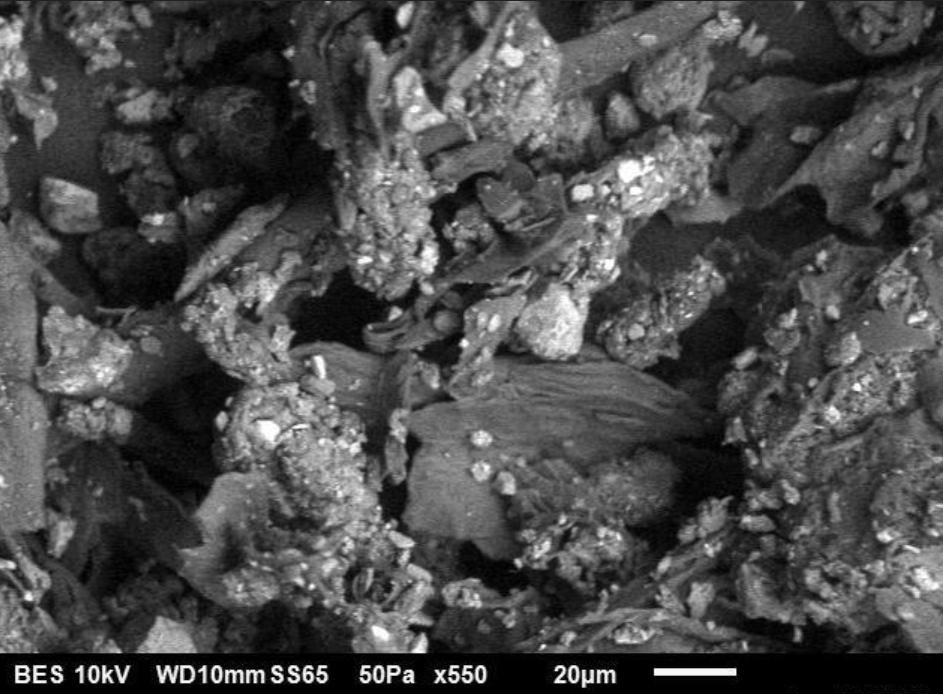-


New year, new filter
Filters in Dyson air purifiers are designed to last up to a full year. As we countdown to 2021, here’s four things you should know about your Dyson purifying fan filter and how to change it.
Four things to know about changing your Dyson purifying fan filter
1. Purifier filters capture all sorts of nasties
Dyson filters can capture 99.95 per cent of particle pollution. Dual HEPA and carbon filters capture microscopic particles as small as PM0.1, as well as microscopic particulates like PM2.5 from industrial emissions or burning, and larger PM10 particulates like pollen and allergens. When it comes to the carbon filter, carbon crystals are porous and have a very large surface area thus absorbing gases, domestic fumes and VOCs. What’s more, gases including NO2, VOCs, benzene and formaldehyde are captured in Dyson purifiers.
Nine metres of pleated and sealed borosilicate microfibre capture particles such as allergens, bacteria, pollen and mould. The activated carbon filters remove odours and gases like NO2 and VOCs, such as formaldehyde and benzene, which can be found in paints, scented candles and furniture foam. Besides the usual pollutants, analysis of filters by Dyson’s Microbiology team found that dead hair, dead bugs, dust mites and rubber particles are lesser-known pollutants which can be caught in the filters of Dyson purifying fans in domestic homes.

Skin cells
Skin cells are one of the most common particles found in filters. Once airborne, skin cells are light enough to be carried by the wind, inhaled and in this case, captured in purifier filters.

Hair
Hair, from both people and pets, is a frequent filter offender. Hair can break down to particulate matter, becoming airborne and caught in the filters.

Insect wings
Parts of insects are sometimes found collected on the purifier filters. Dead bugs in the home – from spiders to flies – make up part of normal household dust. Agitating or unsettling this dust causes the components to become airborne, which leads to them getting trapped in the filters.
2. Purifier filters need changing at different intervals, depending on environmental conditions
There’s no need for regular monthly filter maintenance. Filters in Dyson air purifiers have been designed to last up to a full year, based on 12 hours of daily use. However, the filter may need replacing earlier depending on environmental conditions. If you live in a highly polluted city, you may find it needs changing sooner.
Air pollutant concentrations also vary between rooms in the home. This largely depends on the objects and activities that happen in that space. Pollutants from the fabric of the house or outdoor air infiltrating in are fairly consistent from room to room. But those caused by human behaviour or items specific to a certain space (e.g a bed, fireplace or gas cooker) will differ. You may find a purifier placed in a kitchen or a room with an open fire may need the filter changing more regularly than a purifier placed in a bedroom.
3. Replacing your Dyson purifier filter is easy. Your purifier will even remind you
Your Dyson purifier is programmed to remind you to replace the filter unit. When the filters need replacing, the display on the purifier will show a full bar on the filter indication display screen or notify you through the app.
- If the purifier has been in use, leave for one to two hours before replacing the filter unit to allow the appliance to cool down completely.
- Ensure the purifier is unplugged.
- Slide the buttons down on either side of the shrouds. The shrouds will release with the HEPA filters attached.
- Empty the HEPA filters directly into a waste bin by pushing in both the tabs on the shrouds or dispose of used filter units in accordance with local regulations.
- Push the new HEPA filters into the shrouds until secure. Push the shrouds until they click back into position in the base. Click here to buy a new filter.
- When you have re-assembled your appliance, press and hold the ‘Standby ON/OFF’ button for six seconds on the remote control to reset the filter indicator.
- Clean the hatch every time the filter is replaced. Open the small hatch on the side of the appliance. Use a cotton bud to clean inside and remove any debris. This maintains sensor accuracy and ensures the continuing high performance of the appliance. The indicator is only a guide and you may need to replace the filter unit more regularly.

4. Filters capture 99.95% of particle pollution
Dyson purifying fan filters are sealed into the machine, which ensures no air can escape and bypass the filter. The technology is engineered to efficiently remove as many particles and gases as possible on a single pass, to ensure that the air leaving the machine is purified.
Dyson air purifier filters have been developed by the same engineers who make Dyson machines. The purifiers have a HEPA (high-efficiency particulate air) filter and dependent on the model, combine with an activated carbon layer to form a two-stage filter. The HEPA filters are made from borosilicate microfibres which have been pleated hundreds of times to capture particles; while the activated carbon filters have been coated with Tris (Trishydroxymethylaminomethane) to increase absorption efficiency.
Press contacts
Isabel Matthews
Press contacts
-
USA
Emails us at USPR@Dyson.com
1330 West Fulton Street, 5th Floor, Chicago IL, 60607
-
Social media
- Twitter: @dyson
- YouTube: youtube.com/dyson
- Facebook: facebook.com/dyson
- Instagram: @Dyson
- Instagram: @dysonbeauty
- LinkedIn: Dyson
- Pinterest: Dyson Technology

